:format(jpeg))
Colour temperature / Kelvin
simply explainedThe colour temperature - also known as the light colour - changes the ambience in the room. Different light colours make it appear warmer or cooler. It is therefore important to pay attention to the colour temperature when buying a new light source or a luminaire with permanently installed LED technology in order to select the right light for living and working.
Our top recommendations
Buying light sources according to light colour
What is the colour temperature / light colour?
In contrast to coloured (RGB) light, colour temperature always refers to the effect of white light. Each light source is made up of different spectral colours. The sum of these colours results in a (different) white, which is perceived as "warm", "neutral" or "cool". The colour temperature is measured in Kelvin (K).
:format(jpeg))
Different light colours in use
:format(jpeg))
warm white light (less than 3,300 K)_
universal white light (3,300 to 5,300 K)_
Daylight white light (more than 5,300 K)_
:format(jpeg))
Warm white
<3.300 KelvinThe perfect light for relaxing and living. It has a warm and cosy effect and is therefore mainly used in the living room, dining room or bedroom.
:format(jpeg))
Cool white
3,300 to 5,300 KelvinA functional light that promotes concentration and performance. For this reason, it is used particularly in the study, kitchen and bathroom.
:format(jpeg))
Daylight
>5,300 KelvinDue to the high blue content, "cold white" has an activating effect on the biorhythm. It is used in industry and in the private sector, e.g. in the cellar or workshop.
Facts about Kelvin, light colour and colour temperature
:format(jpeg))
Yes, this additional function is known as CCT control. This allows individual light sources to be used flexibly for different situations. The setting is made by remote control for corresponding light sources and LED lights, and by smartphone or voice control for smart home lighting systems.
:format(jpeg))
A conventional light bulb has a colour temperature of around 2,700 Kelvin. Even today, the light of the light bulb is still regarded as the perfect living light. This is why modern light sources such as LED lamps have been modelled on this light source in terms of light quality and appearance.
:format(jpeg))
Modern office lighting relies on automatically regulated colour temperature and brightness to support the biorhythm and therefore the health of employees: Human Centric Lighting (HCL). The progression: increasing brightness and activating light in the morning to warm white in the evening (5,500 to 2,700 K).
:format(jpeg))
Natural daylight has a bluish light colour with a colour temperature of more than 5,500 Kelvin, depending on the time of day. The name "daylight" for bluish light sources also comes from the light colour of natural daylight. Similar to real daylight, this light has a stimulating effect.




































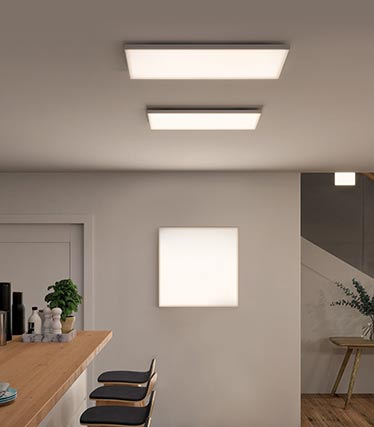









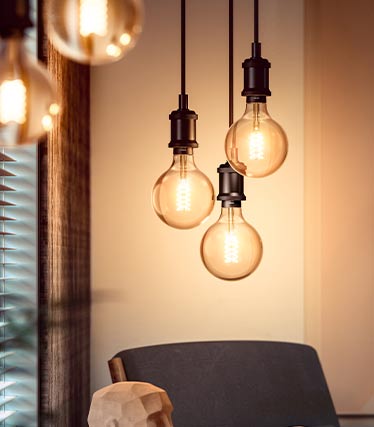








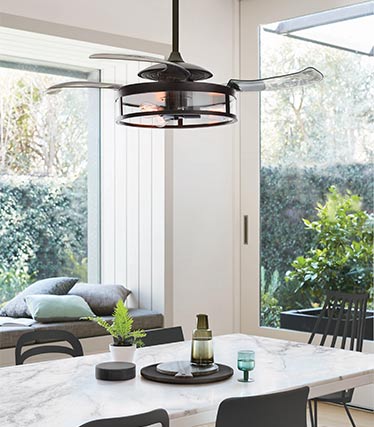

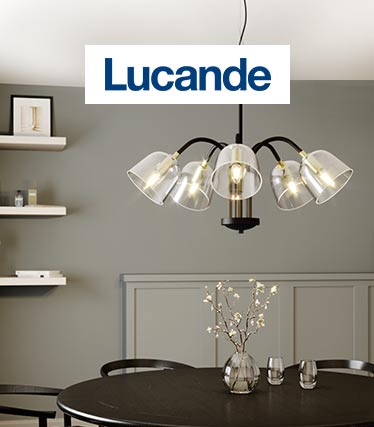









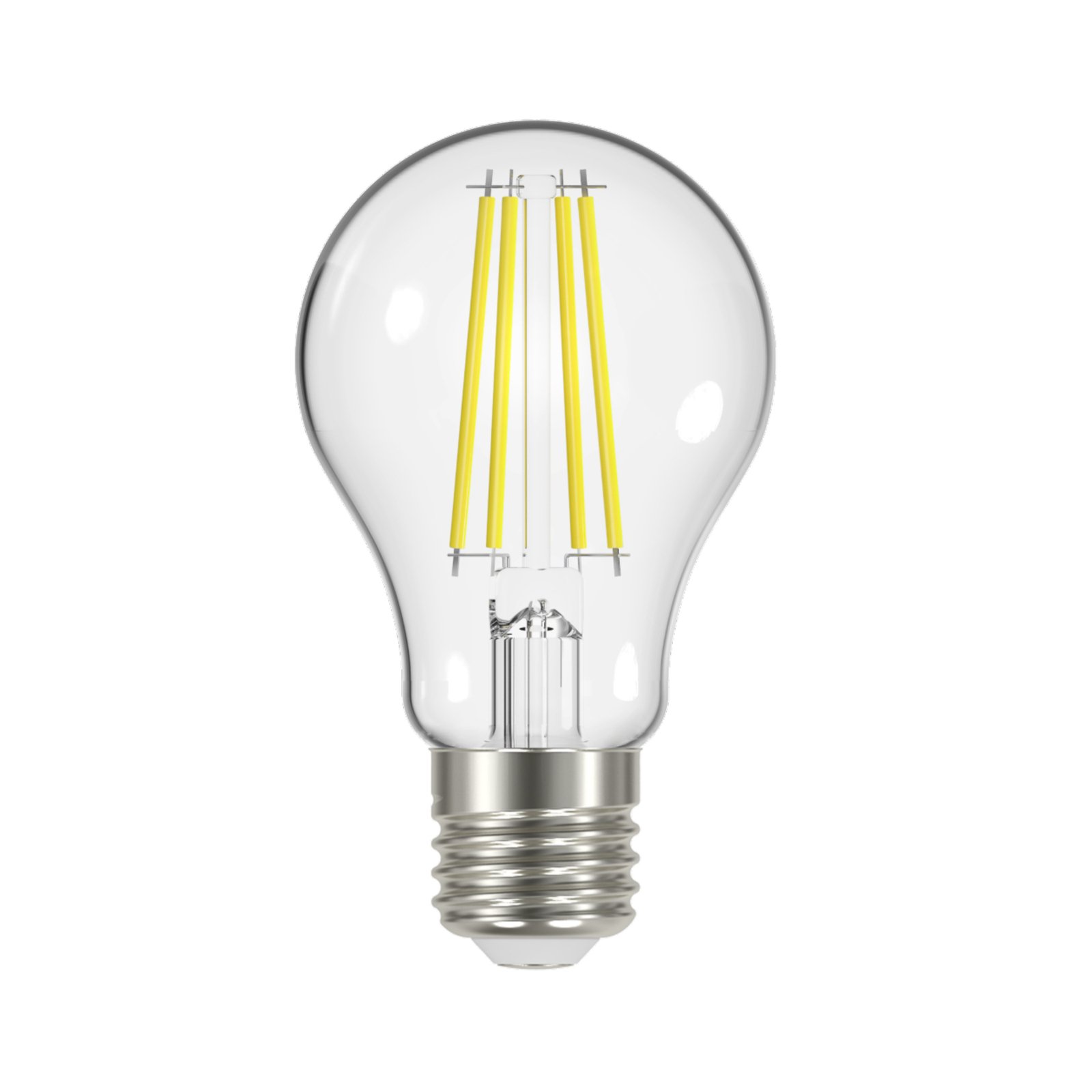
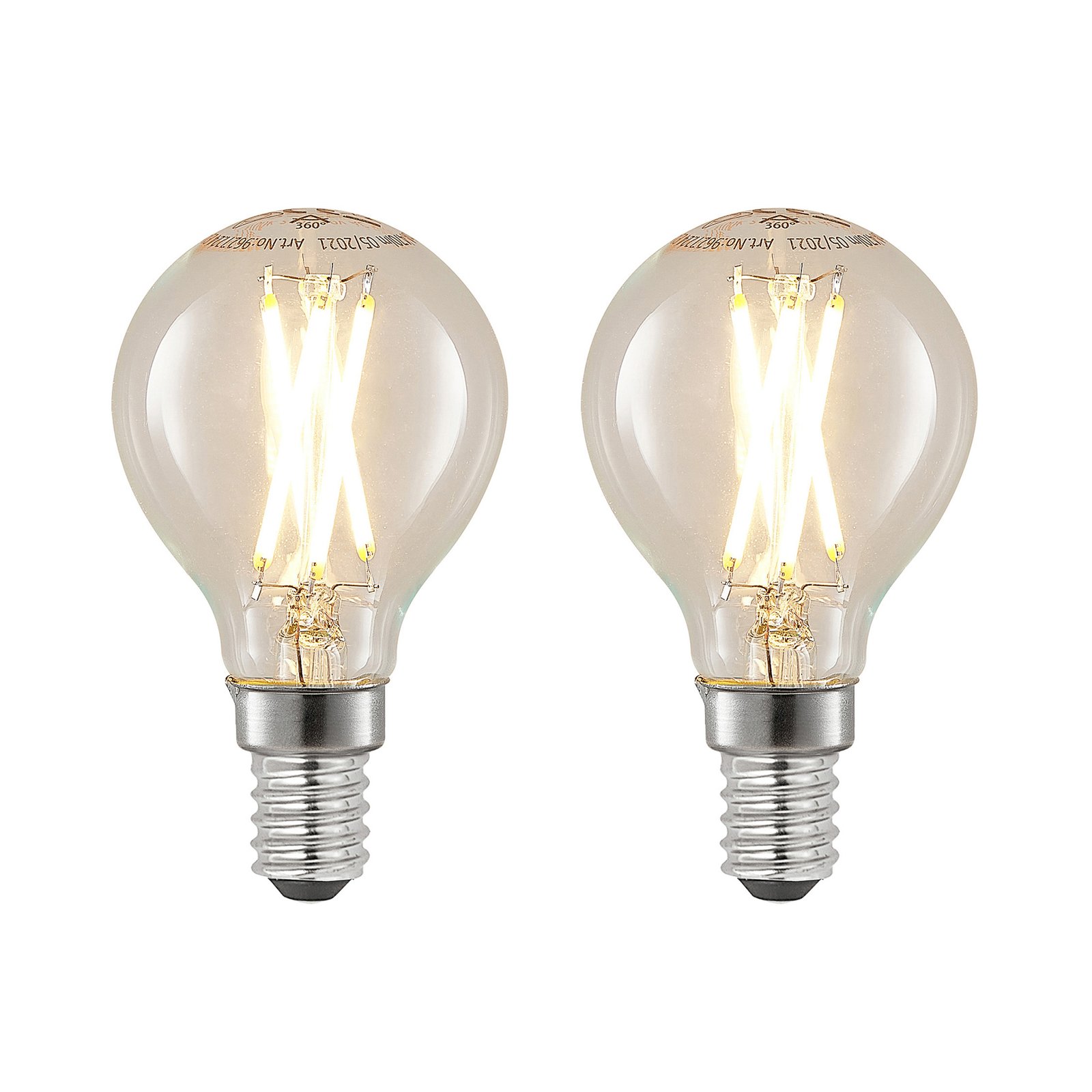

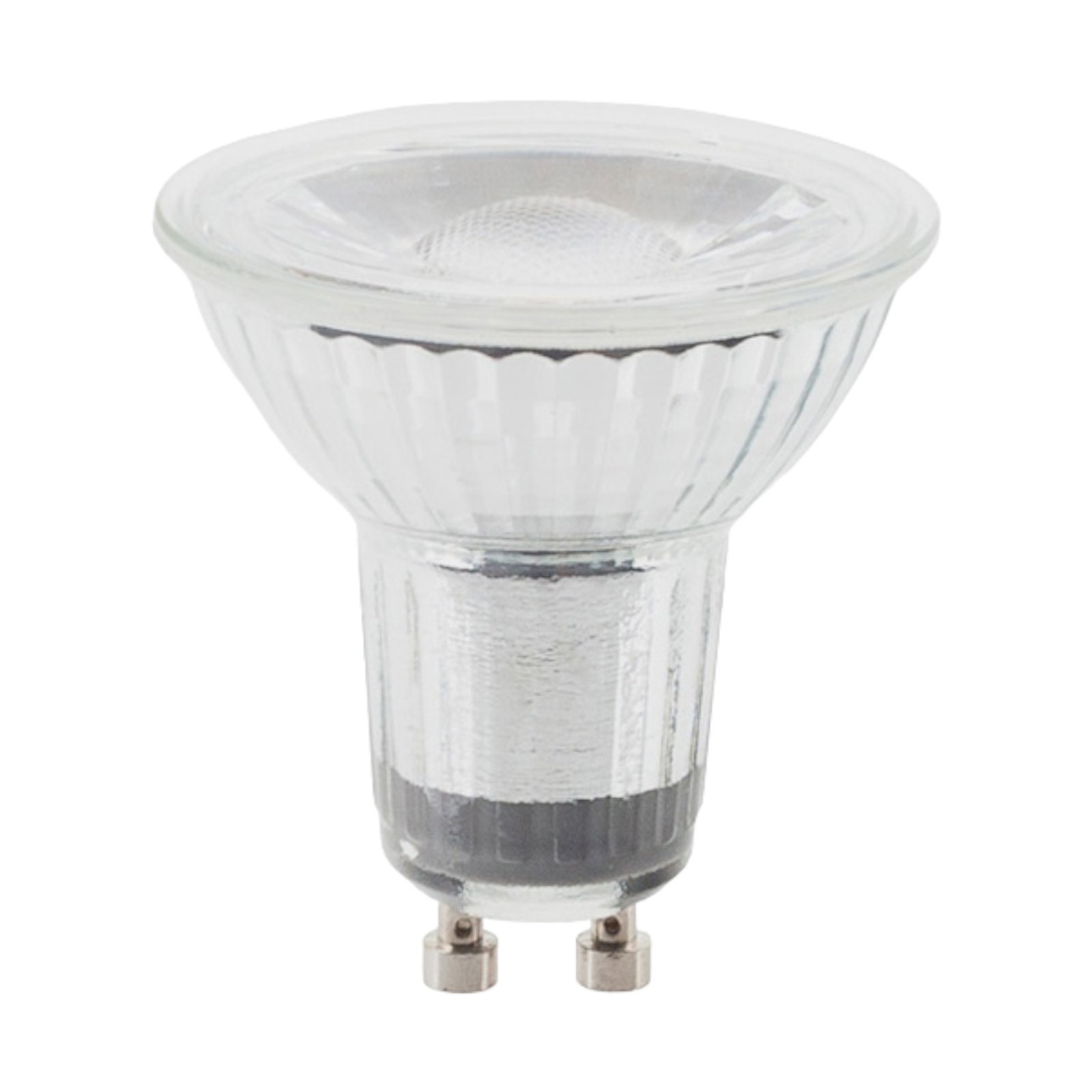
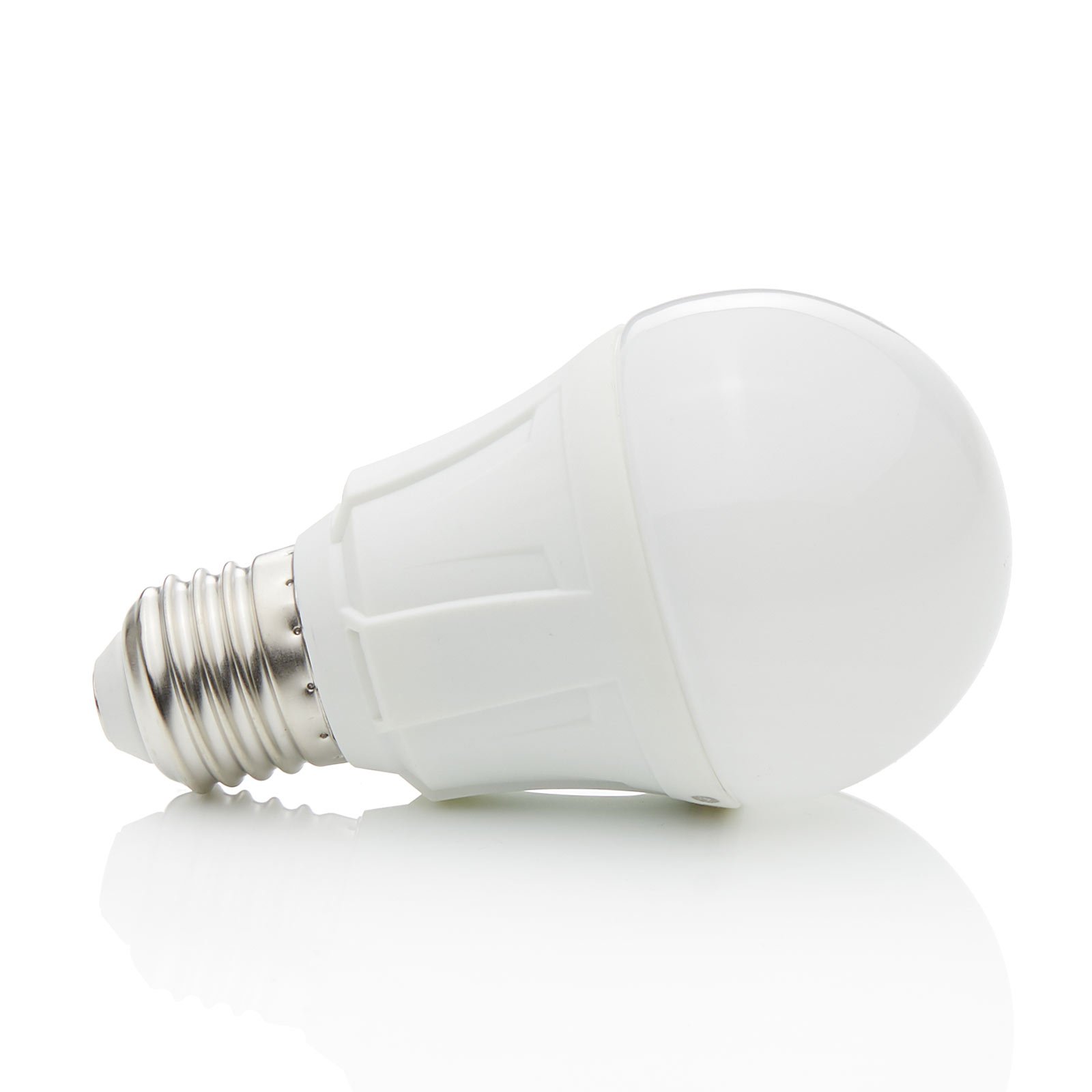
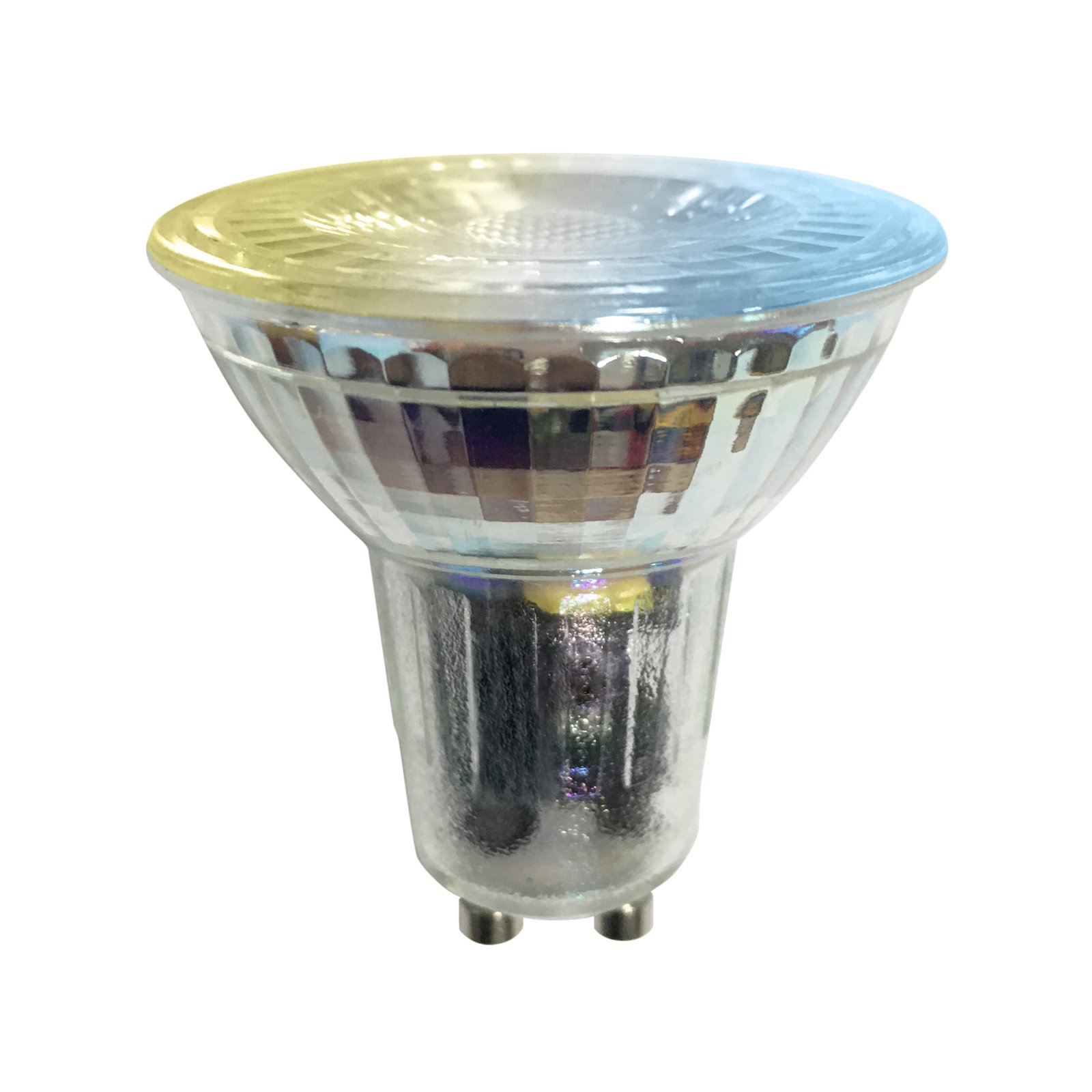
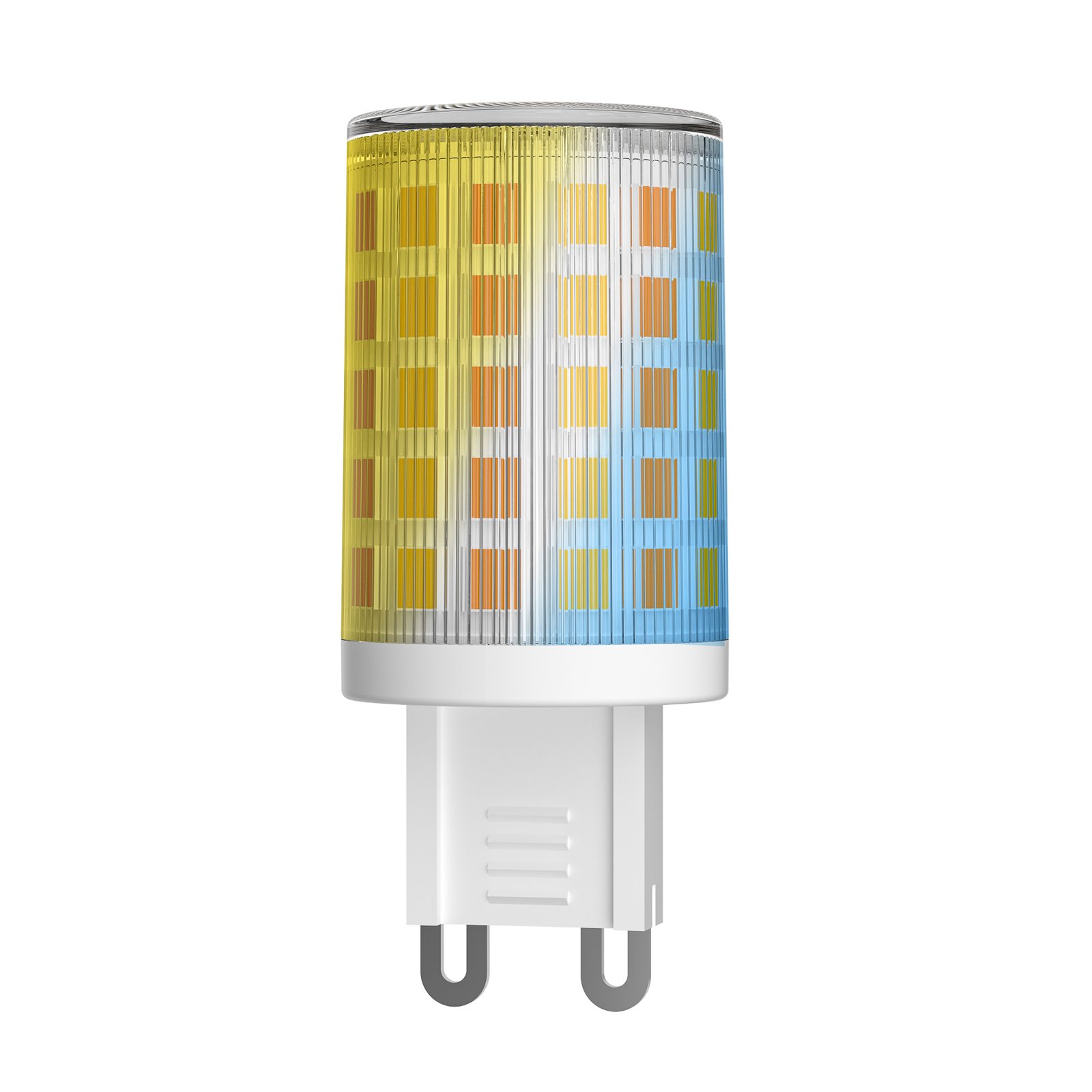
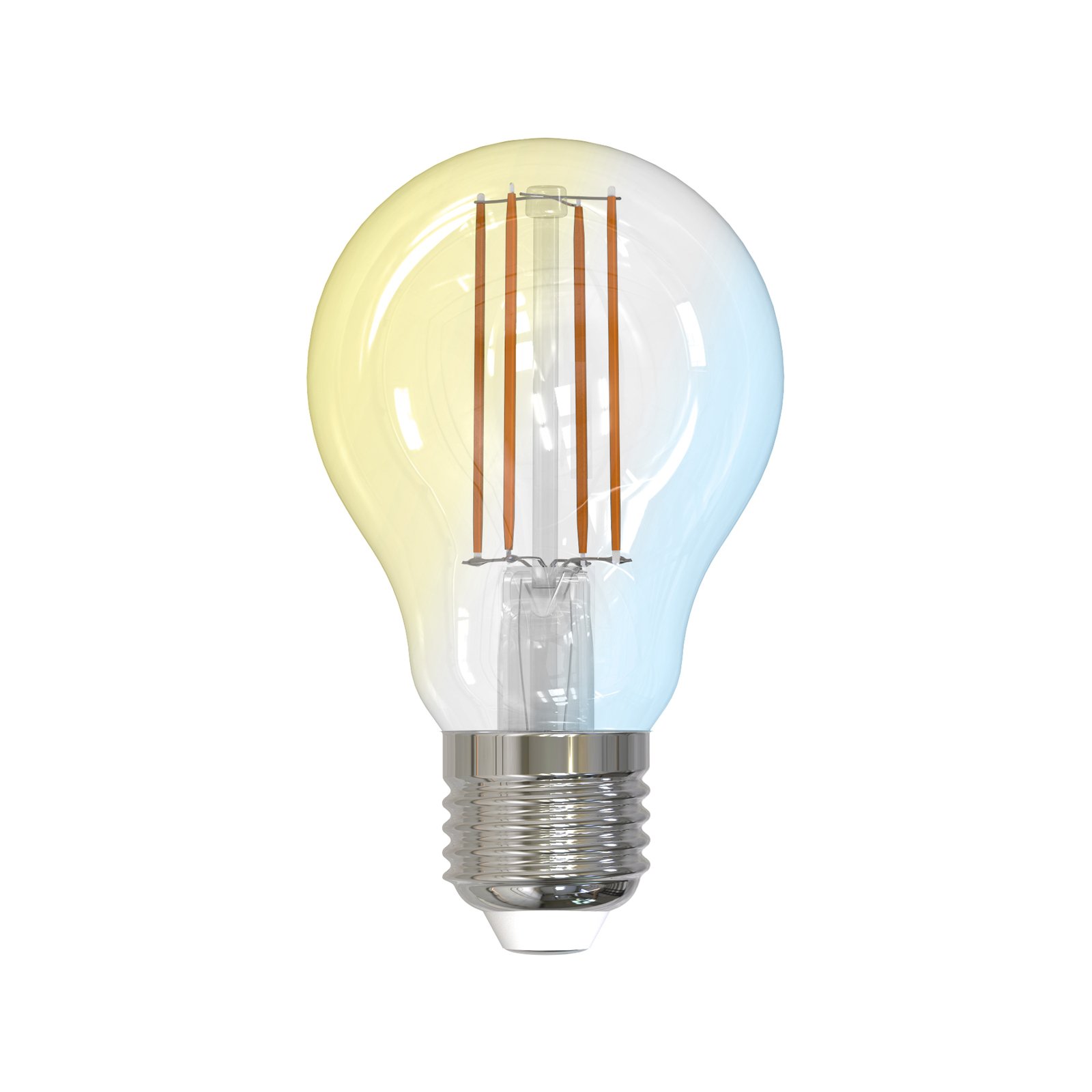
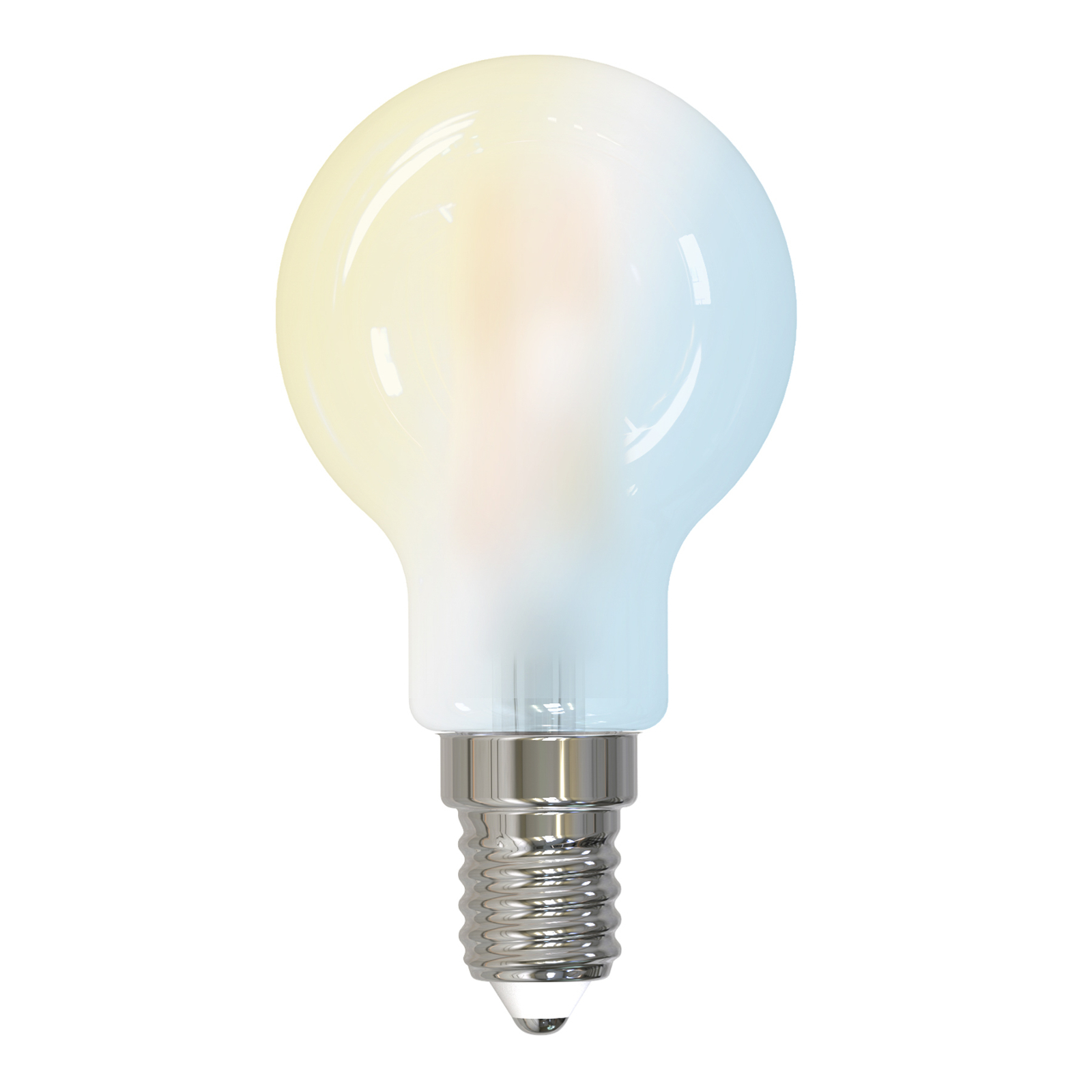
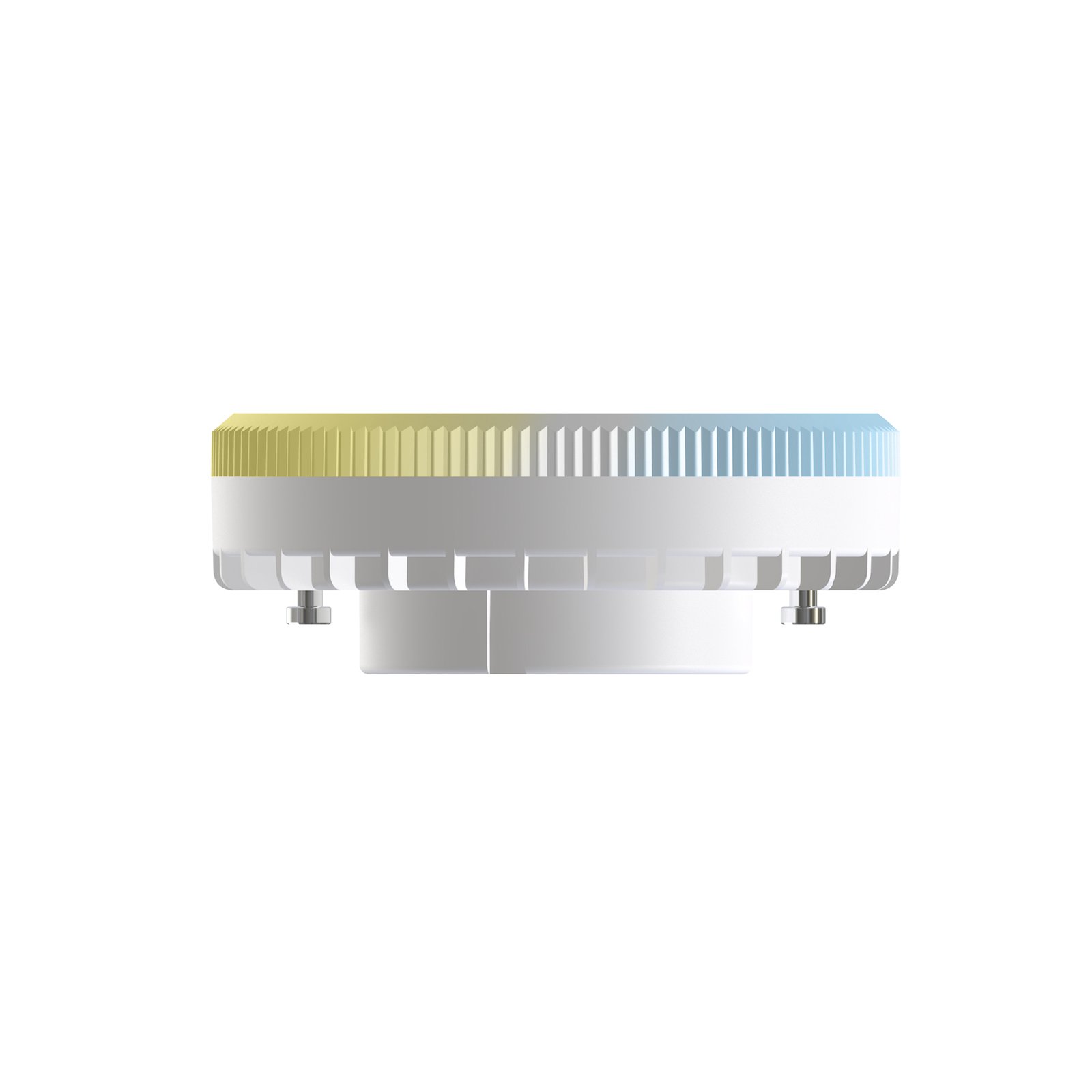
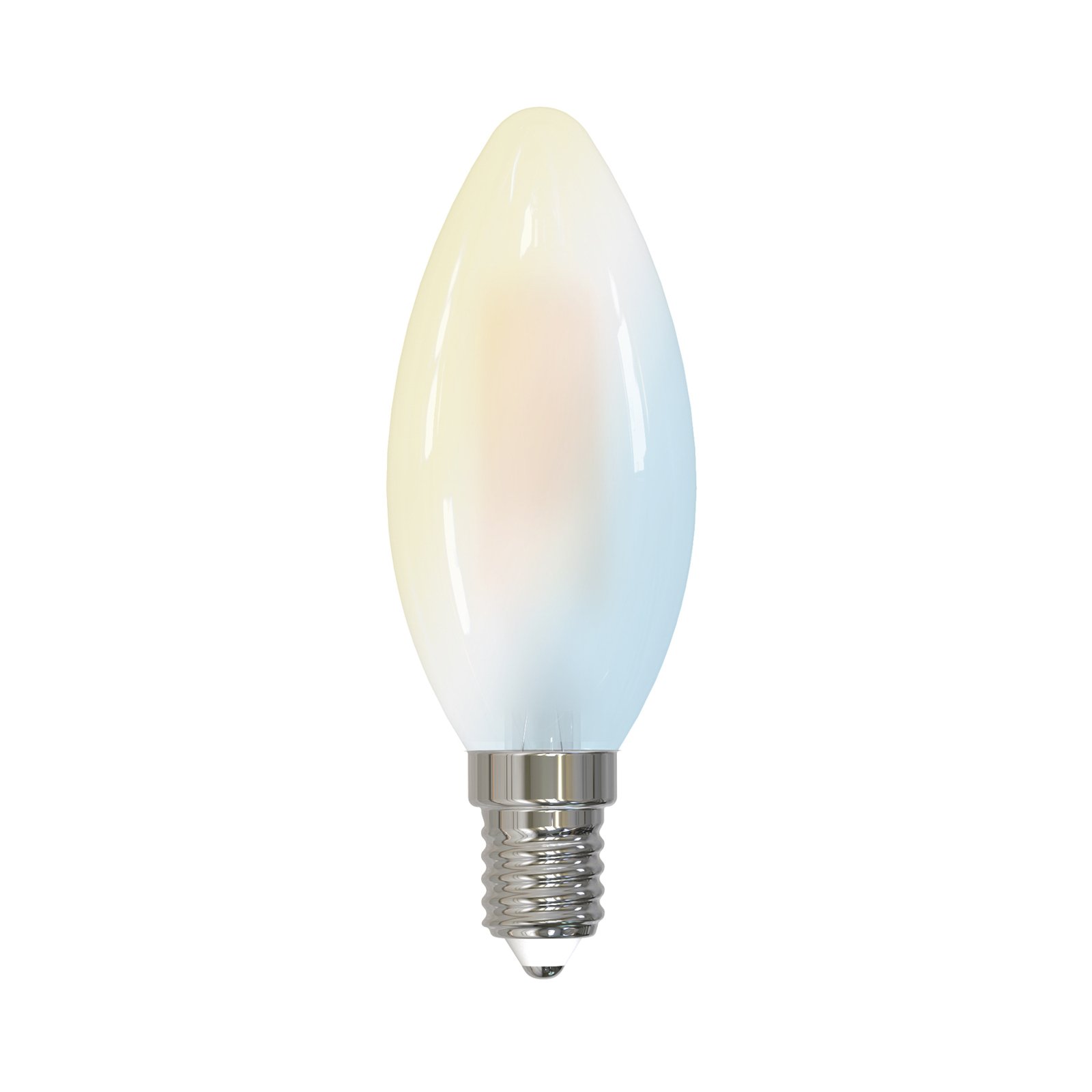
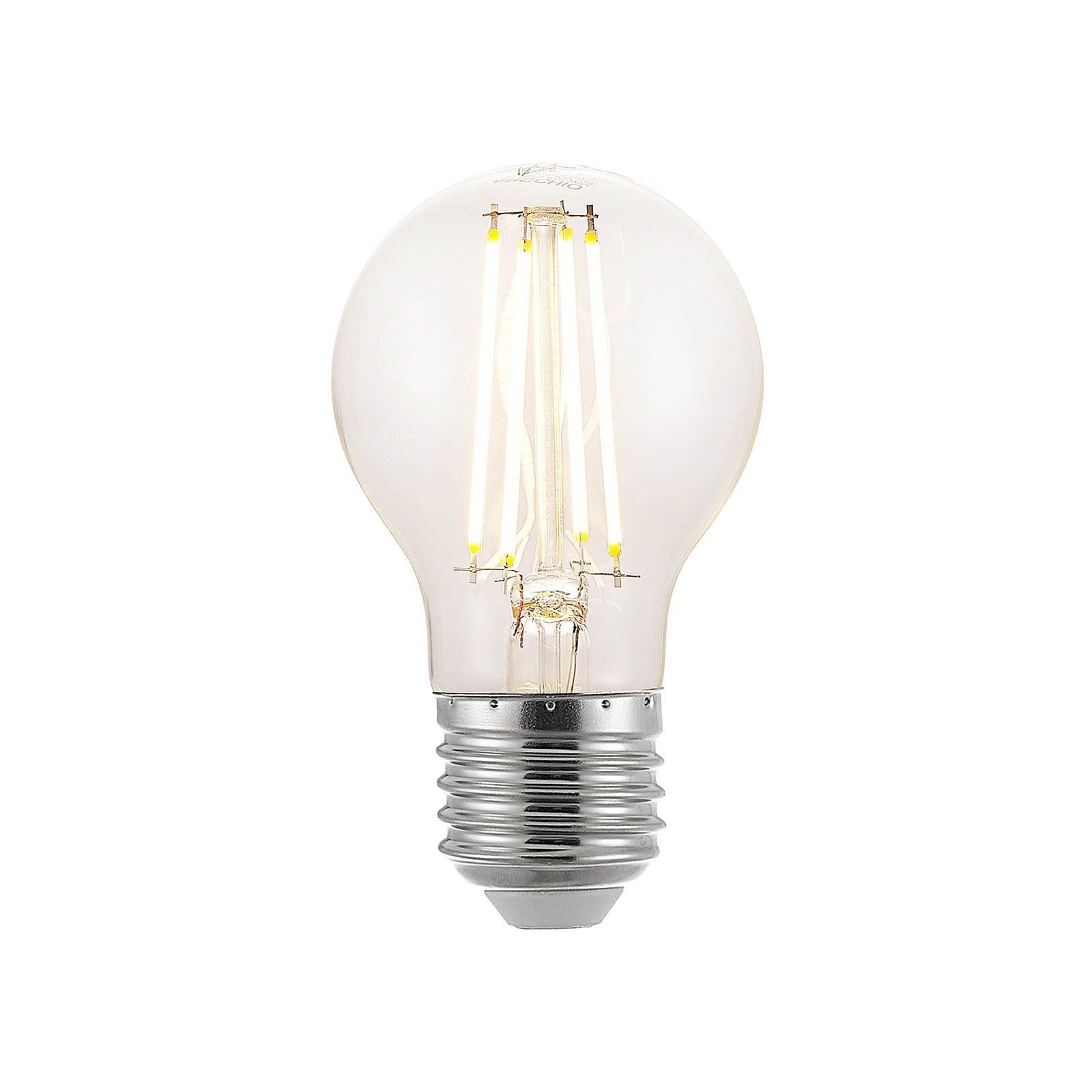
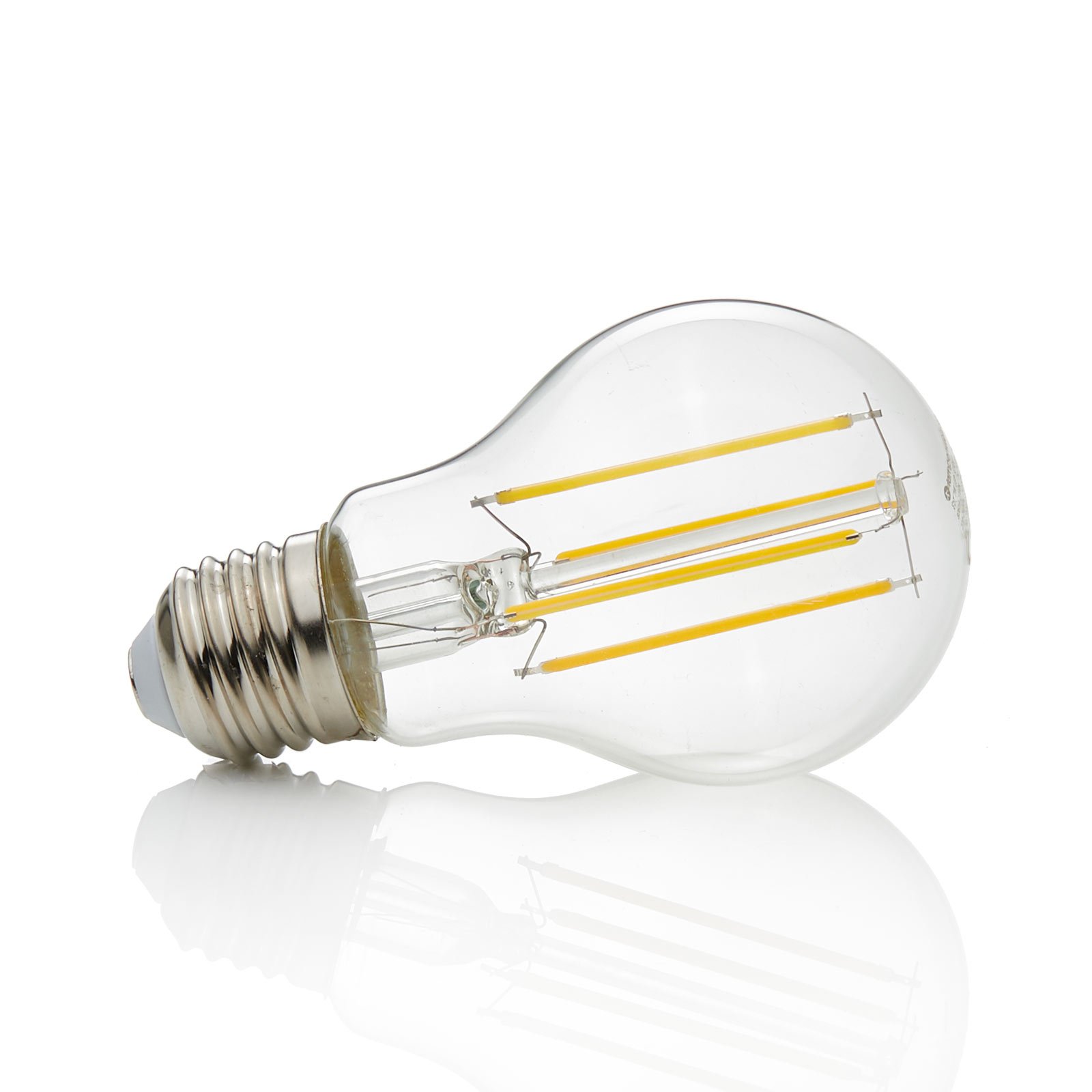
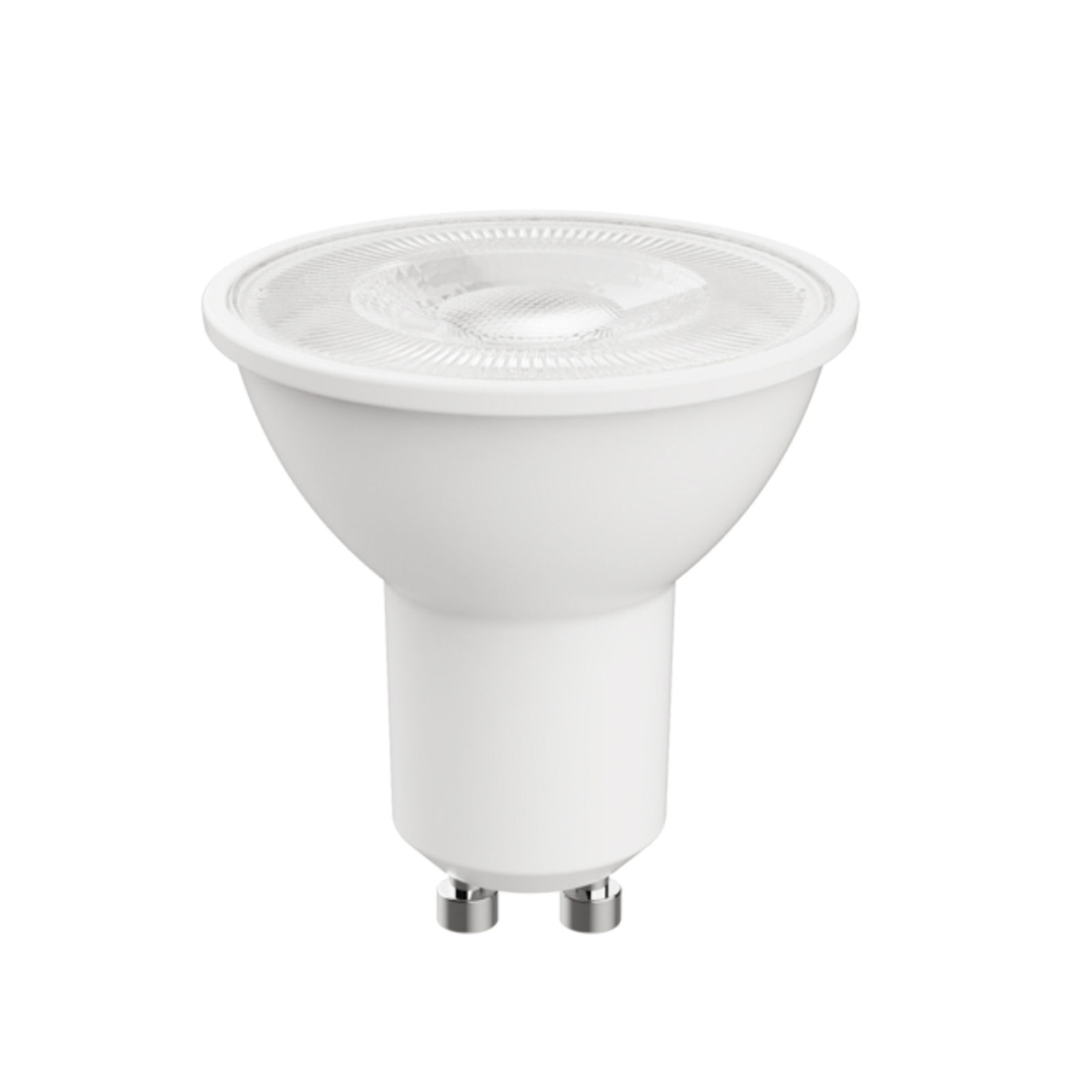
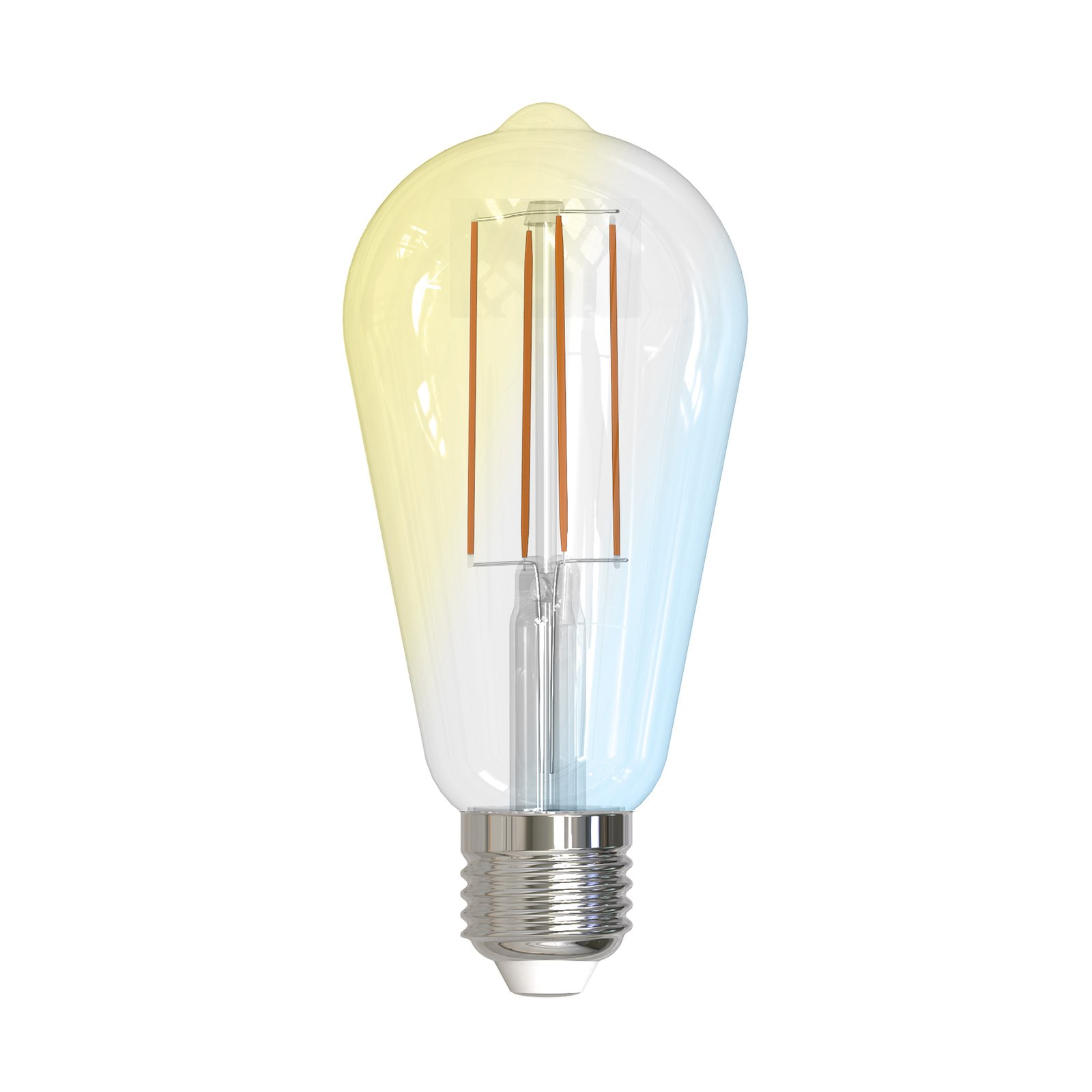
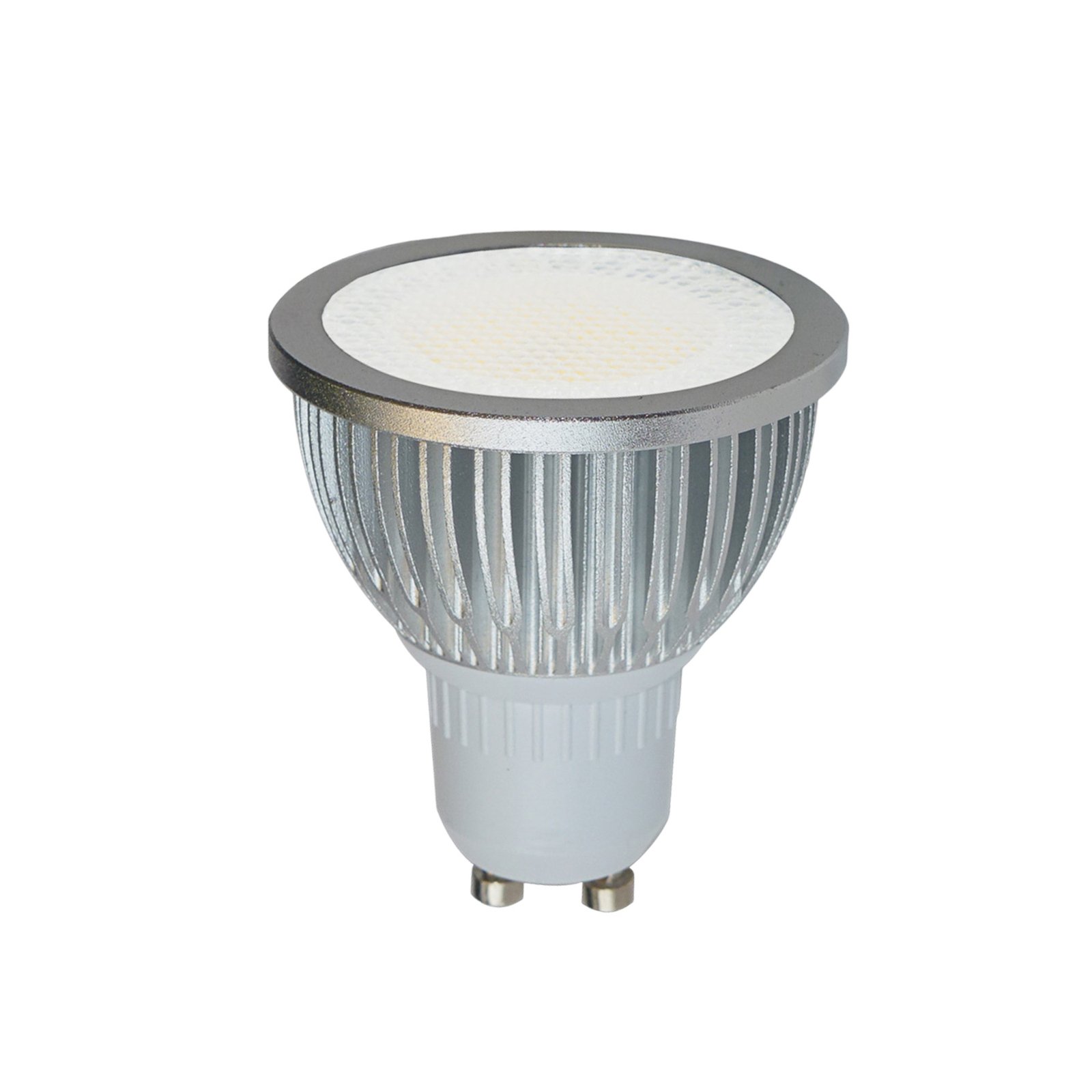
:format(jpeg))
:format(jpeg))
:format(jpeg))
:format(jpeg))
:format(jpeg))
:format(jpeg))
:format(jpeg))
:format(jpeg))
:format(jpeg))